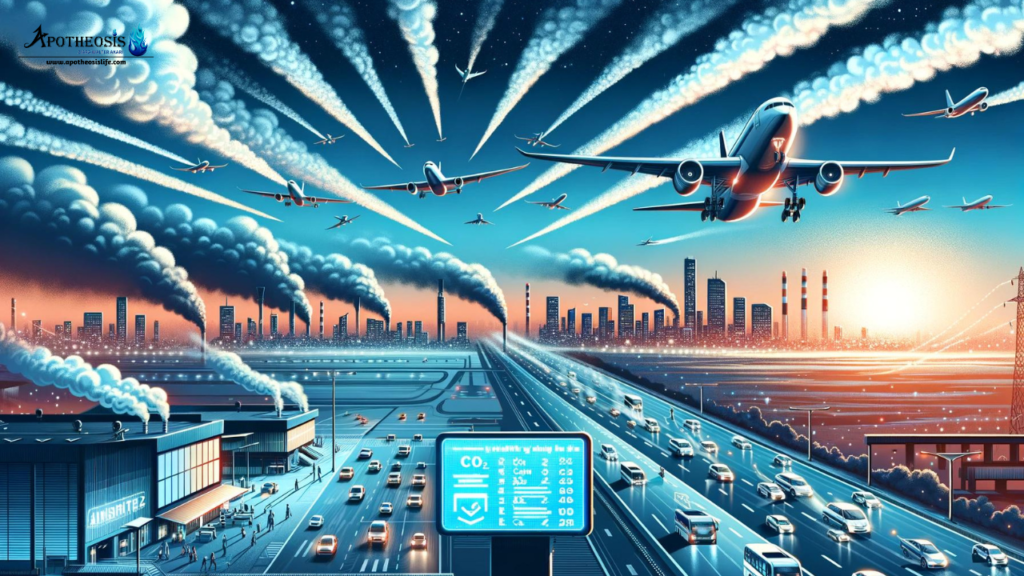In November 2017, The Washington Post published an evocative opinion piece by Jack Miles titled “For the love of earth, stop travelling,” addressing the significant impacts of travel on aviation and climate change. Known for his Pulitzer Prize-winning work and recognition as a MacArthur ‘genius,’ Miles has made notable contributions to both literature and environmental studies. His involvement in the University of California’s “Bending the Curve” report highlights practical solutions for enhancing climate stability, particularly in the context of aviation and climate change.
The Connection Between Climate Change and Airplanes
Air travel plays a significant role in the ongoing dialogue about climate change due to its considerable carbon footprint. When airplanes burn jet fuel, they emit a combination of carbon dioxide and water vapor into the atmosphere, contributing to the greenhouse effect. This effect occurs because greenhouse gases, which include water vapor, carbon dioxide, methane, nitrous oxide, and ozone, allow sunlight to enter the Earth’s atmosphere but prevent the radiated heat from escaping back into space.
How Significant is Aviation’s Impact?
Aviation’s impact on the environment can be measured in several ways:
Greenhouse Gas Emissions: Aviation is responsible for approximately 1.9% of all global greenhouse gas emissions.
Carbon Dioxide Emissions: The industry contributes about 2.5% of global carbon dioxide emissions.
Effective Radiative Forcing: Aviation accounts for 3.5% of effective radiative forcing, which provides a more specific measure of its impact on global warming.

Image Copyright © 2024 www.apotheosislife.com
Broader Implications of Aviation Emissions
The emissions from aviation not only contribute to global warming but also affect cloud formation and atmospheric chemistry. These changes can lead to altered weather patterns and increased frequency of extreme weather events. Additionally, high-altitude emissions have a disproportionately large impact on the atmosphere, potentially accelerating the effects of climate change.
Mitigating the Environmental Impact of Air Travel
Several strategies are being explored to reduce the carbon footprint of air travel:
Technological Innovations: Development of more fuel-efficient aircraft and research into alternative fuels, such as biofuels or even electric planes.
Operational Adjustments: Implementing more efficient flight paths and improving ground operations to reduce fuel use.
Carbon Offsetting: Encouraging passengers to compensate for their flight emissions by investing in carbon reduction projects.
Looking Ahead: The Future of Air Travel and Climate Policy
As global awareness of climate change increases, the aviation industry faces growing pressure to innovate and adapt. Policies such as carbon pricing for airlines could integrate the true environmental cost into the price of air travel, potentially reducing demand or encouraging faster adoption of greener technologies.
While air travel offers immense benefits to global connectivity and economic development, its environmental impacts are undeniable. By understanding and addressing these impacts, the aviation industry and its consumers can help mitigate the effects of climate change.
Details of the Featured Image
An artistic depiction of aviation’s role in climate change and its impact on Earth: The image illustrates a commercial airplane flying above Earth with contrails visible, symbolizing the environmental footprint of air travel. Below, the planet shows regions of natural beauty alongside areas affected by climate change, such as wildfires and melting ice caps, emphasizing the dual impact of human activity on the planet.
Image Copyright © 2024 www.apotheosislife.com
Author
Ziara Walter Akari
© www.apotheosislife.com
